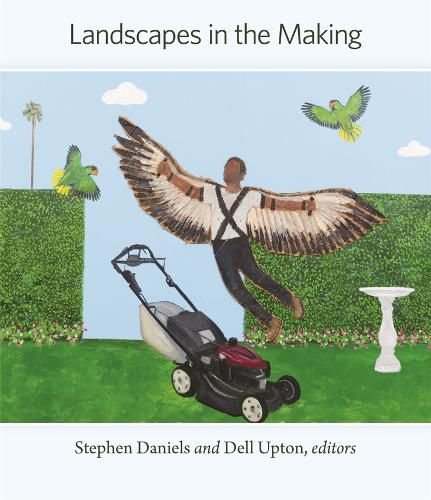Readings Newsletter
Become a Readings Member to make your shopping experience even easier.
Sign in or sign up for free!
You’re not far away from qualifying for FREE standard shipping within Australia
You’ve qualified for FREE standard shipping within Australia
The cart is loading…






How are landscapes created? Landscapes in the Making goes beyond professional design and planning to examine the social range of knowledge, technique, and imagination in the making and meaning of landscapes-from the work of quarrying and construction to that of cultivation, maintenance, stewardship, salvage, reclamation, ritual, and remembrance. Deploying an array of documentary, visual, and field sources, this volume brings to life the agency and skill of diverse and often disregarded peoples, in a range of periods and places, working in often demanding, precarious, and coercive conditions. Chapters focus on the physical and social worlds of trash dumps, gravel pits, and abandoned canneries as well as on construction sites for churches, palaces, parks, gardens, and government buildings. In addition to addressing local place-making, the volume surveys wider regional and international geographies of movement, both of people and materials. The landscapes described are far from finished-they are provisional, and always in the making.
$9.00 standard shipping within Australia
FREE standard shipping within Australia for orders over $100.00
Express & International shipping calculated at checkout
How are landscapes created? Landscapes in the Making goes beyond professional design and planning to examine the social range of knowledge, technique, and imagination in the making and meaning of landscapes-from the work of quarrying and construction to that of cultivation, maintenance, stewardship, salvage, reclamation, ritual, and remembrance. Deploying an array of documentary, visual, and field sources, this volume brings to life the agency and skill of diverse and often disregarded peoples, in a range of periods and places, working in often demanding, precarious, and coercive conditions. Chapters focus on the physical and social worlds of trash dumps, gravel pits, and abandoned canneries as well as on construction sites for churches, palaces, parks, gardens, and government buildings. In addition to addressing local place-making, the volume surveys wider regional and international geographies of movement, both of people and materials. The landscapes described are far from finished-they are provisional, and always in the making.